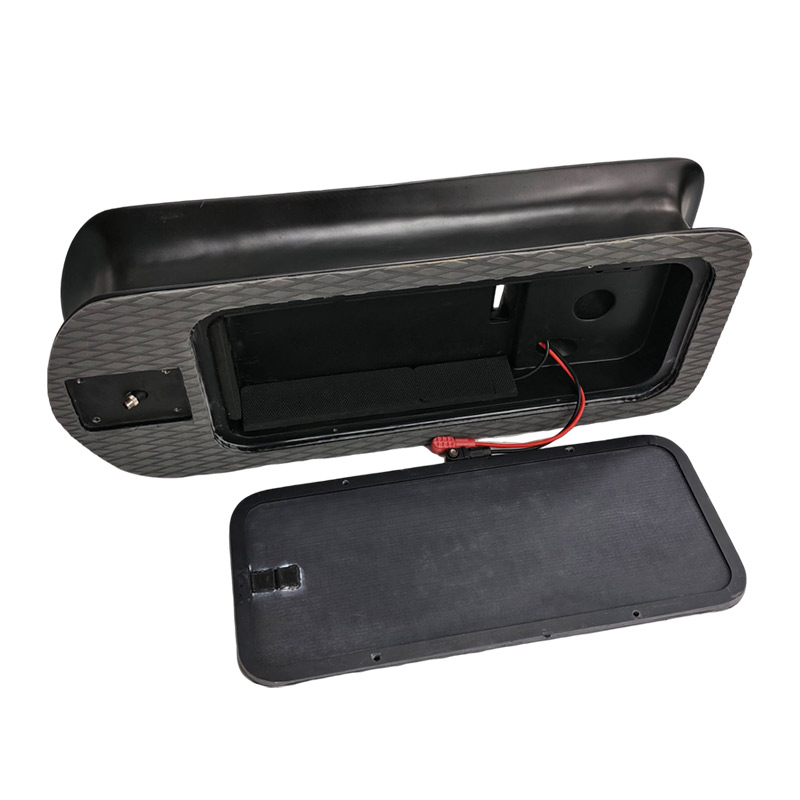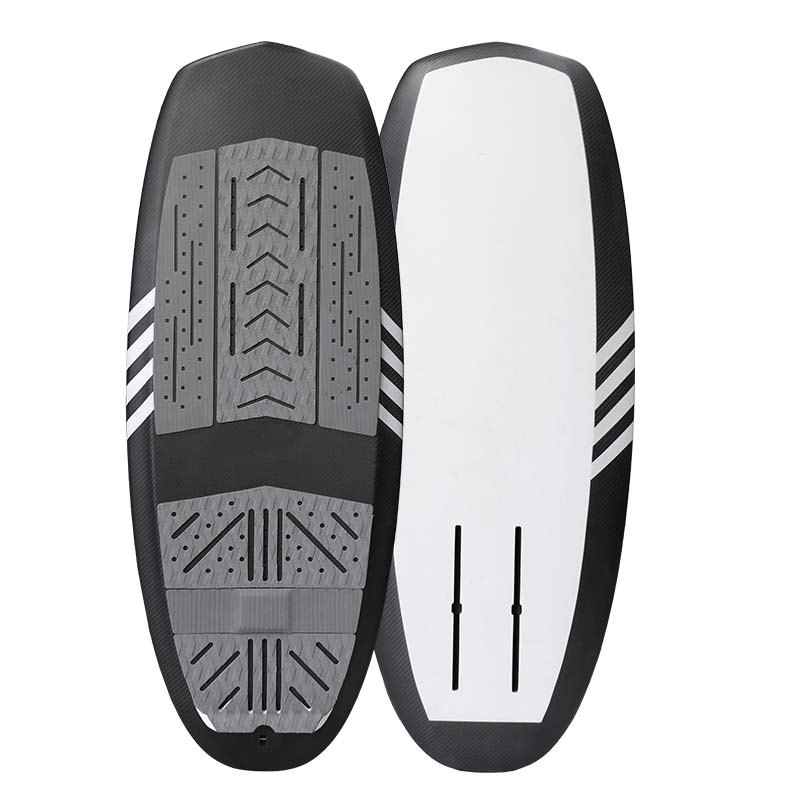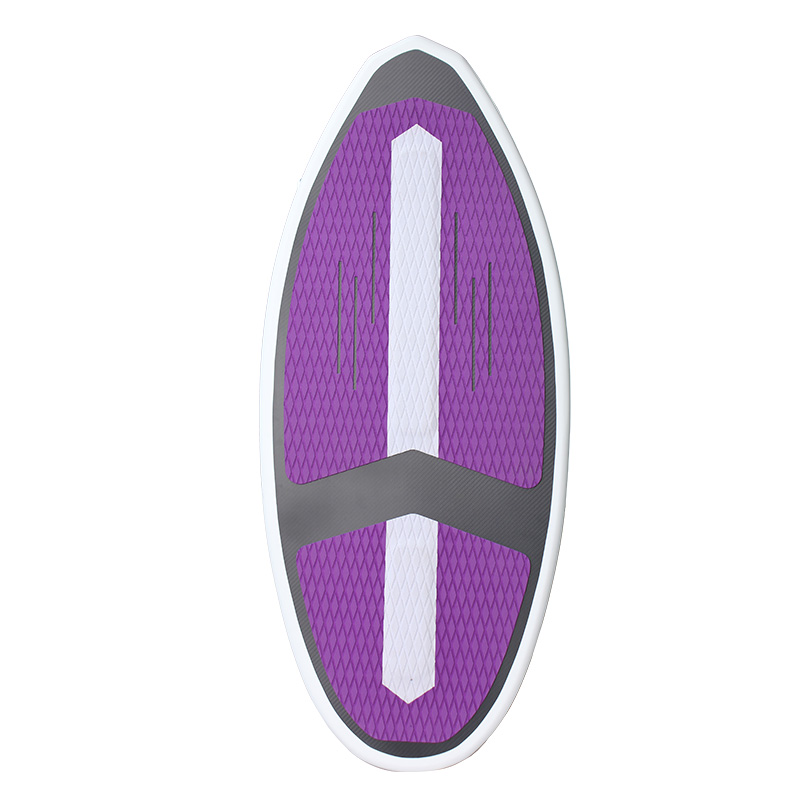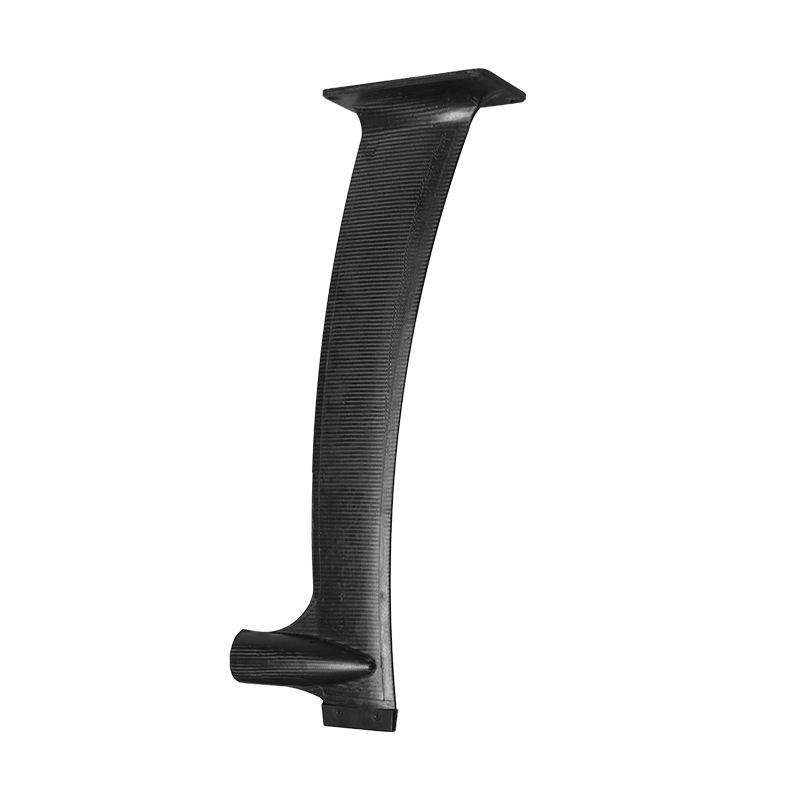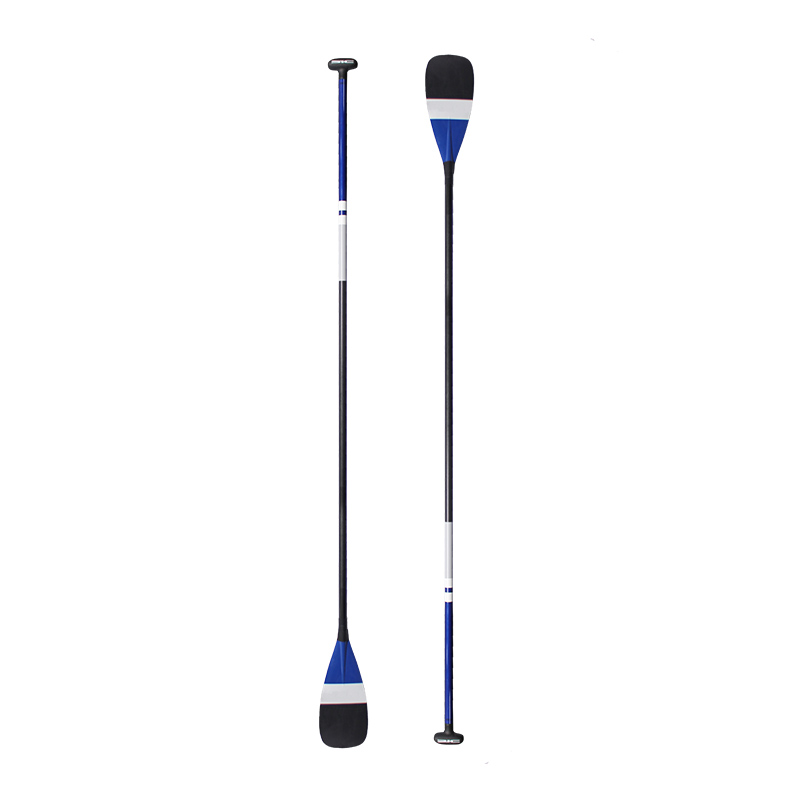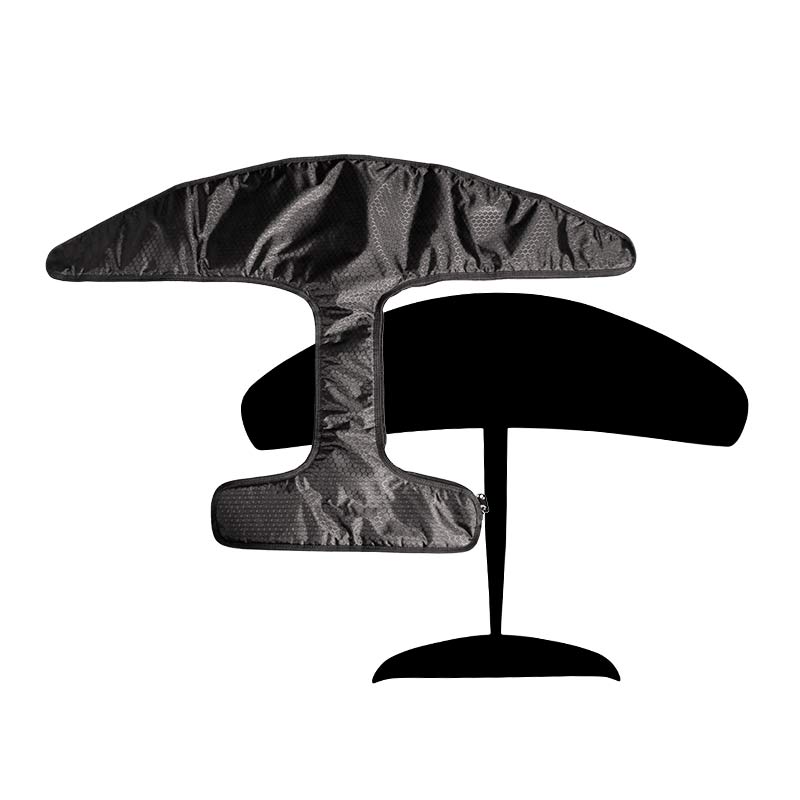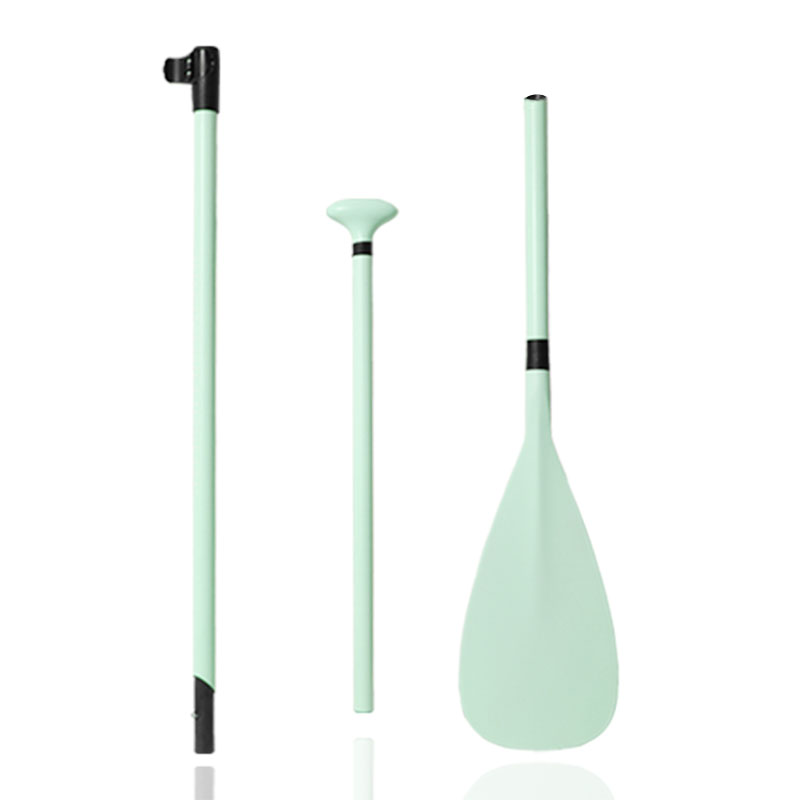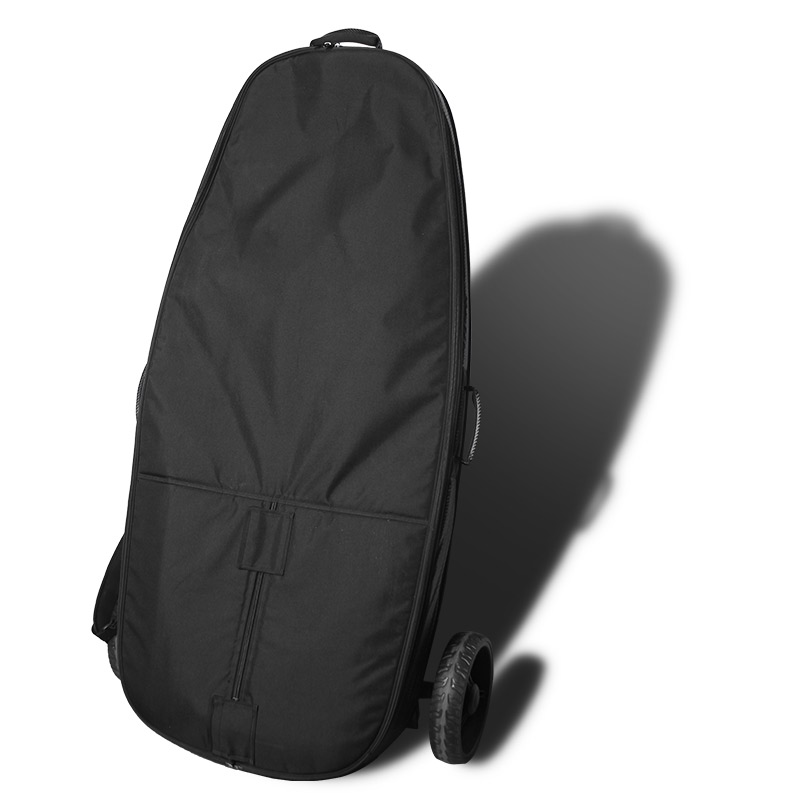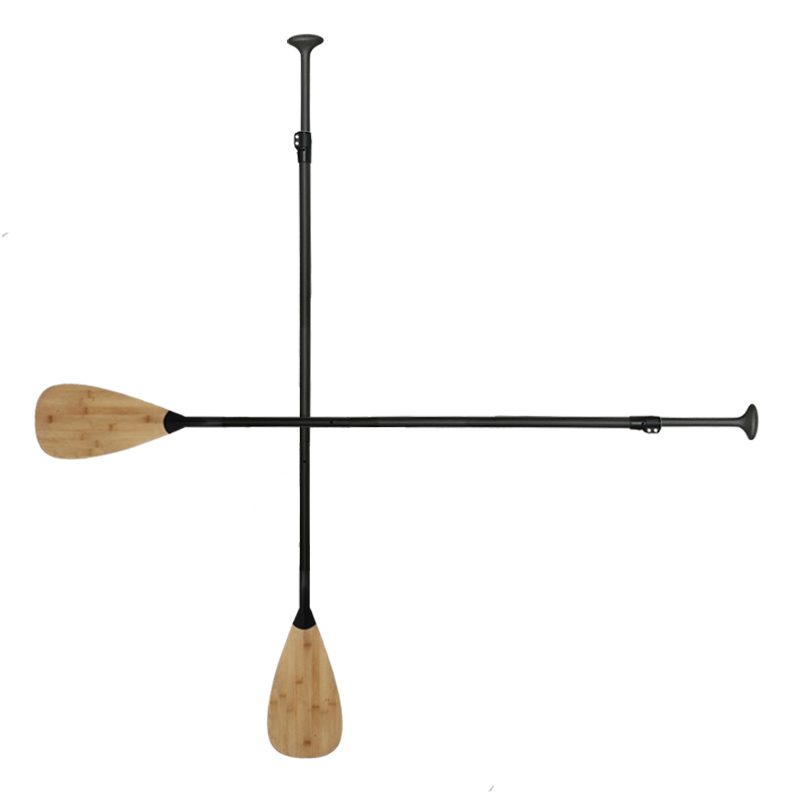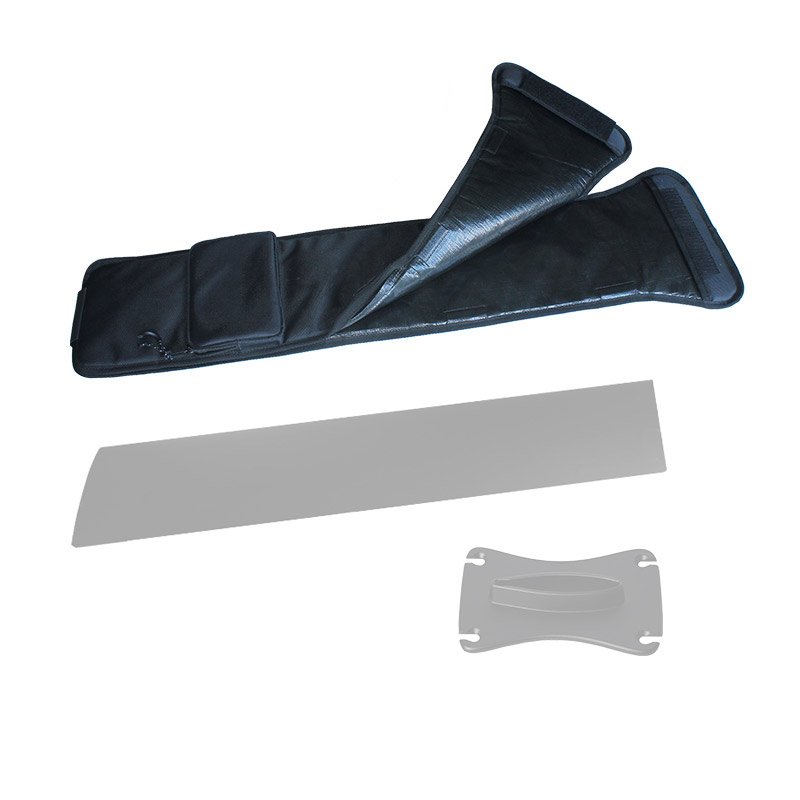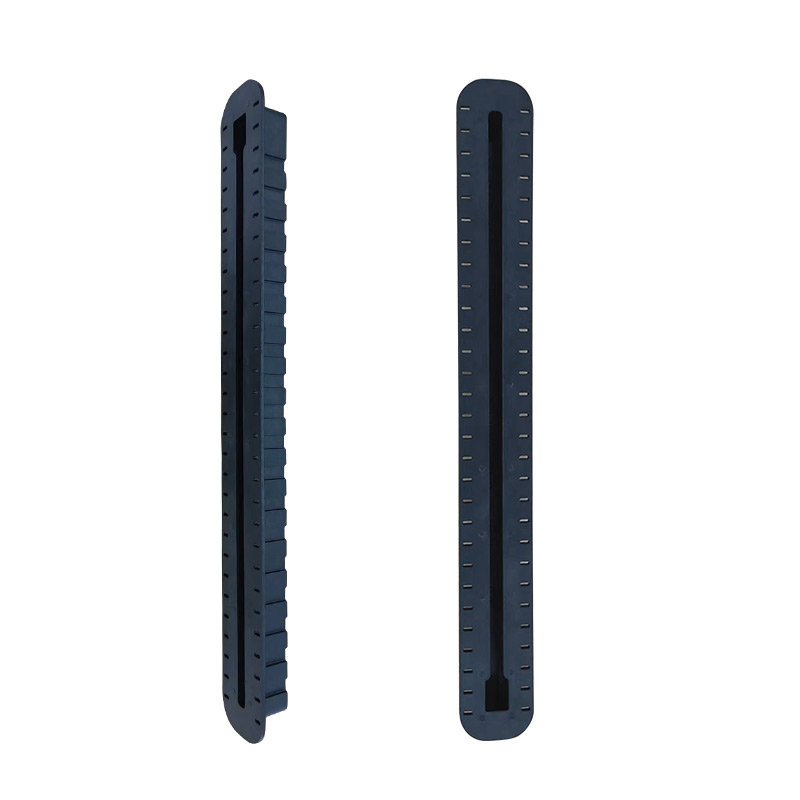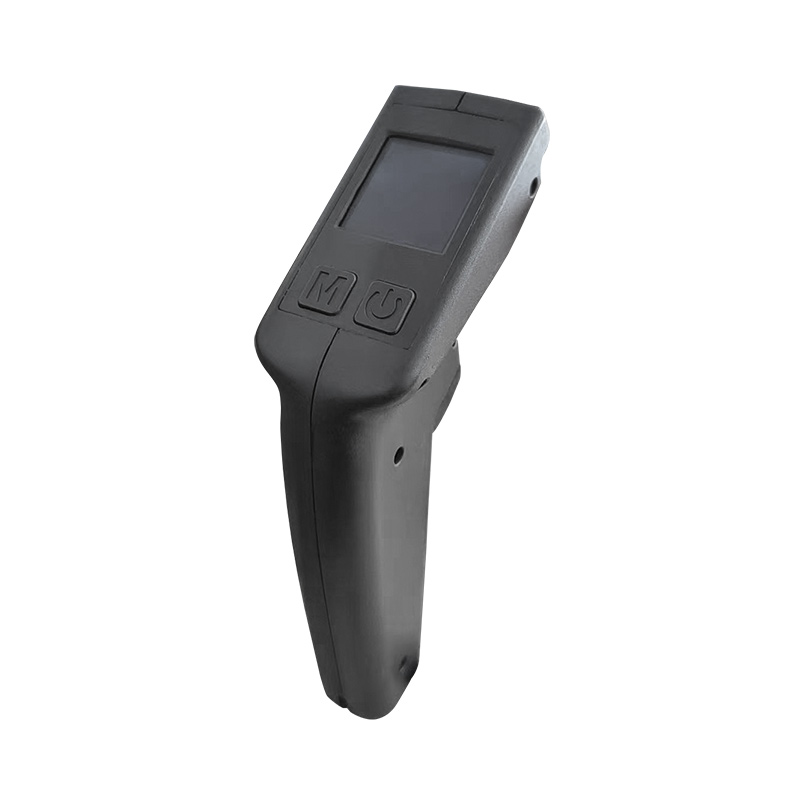What is the Jetfoil meaning?
A jetfoil, also known as a hydrofoil ferry or hydrofoil boat, is a type of watercraft that uses hydrofoils to lift the hull of the boat out of the water, reducing water resistance and allowing the vessel to travel at high speeds.
In the realm of maritime transportation, where oceans stretch endlessly and coastal regions are riddled with islands, the need for efficient and rapid travel is a constant demand. While traditional ferries have been the go-to mode of maritime transport for generations, there is a hidden marvel, often soaring above the waves, known as the jet foil. This high-speed watercraft has taken maritime travel to new heights, quite literally, thanks to cutting-edge hydrofoil technology.
In this article, we’ll explore the world of jet foils and uncover how they are revolutionizing coastal commutes and changing the way we think about maritime travel. And if you are interested in our surfing products, welcome to click the link to have a check.

The Hydrofoil Magic of Jetfoils
At first glance, a jetfoil may appear similar to any other ferry, but beneath the surface – quite literally – lies a remarkable secret. The jetfoil is equipped with hydrofoils, wing-like structures that extend beneath the hull. When the vessel accelerates, these hydrofoils generate lift, raising the hull above the water’s surface. This ingenious design minimizes water resistance and allows the jetfoil to achieve remarkable speeds.
Jetfoils aren’t mere vessels; they’re technological marvels. Their hydrofoil system fundamentally alters how they interact with the water. While conventional boats plow through the water, encountering resistance that limits their speed and efficiency, hydrofoil ferries rise above it all, reducing friction and turbulence. This results in a smoother, faster, and more comfortable journey for passengers.
Jetfoils Speed in Maritime Travel
Speed is the name of the game when it comes to jetfoils. These high-speed ferries are designed to be nimble and swift, allowing them to traverse the water at astonishing velocities. Their hydrofoil technology enables them to attain these high speeds with ease, leaving traditional ferries in their wake. This speed is a game-changer for those living in coastal areas or needing to travel between islands, where time and convenience are of the essence.
Imagine a daily commute transformed. Instead of spending hours on a conventional ferry, you can hop onto a hydrofoil ferry and reach your destination in a fraction of the time. In the world of business and commerce, this can make a significant difference, enabling swift connectivity between regions that were once separated by slow and inefficient travel options.
Jetfoils A Global Transportation Phenomenon
Jetfoils are not limited to one specific region or country. They have become a global transportation phenomenon, adapting to the diverse needs of various coastal and island communities. Whether it’s the picturesque Greek islands, the bustling cities of Japan, or the coastal regions of the United States, jetfoils have left their indelible mark on the maritime transport landscape.
In Greece, for instance, jetfoils are a staple of inter-island transportation. Travelers can hop from one stunning island to another with unmatched speed and comfort. Japan, with its intricate network of islands and coastal cities, relies heavily on hydrofoil ferries to keep people and goods moving efficiently. In the United States, cities like New York have embraced jetfoils as a means of shortening the commute between the bustling metropolis and its suburban counterparts.
The global reach of hydrofoil ferries is a testament to their adaptability and efficiency. These vessels aren’t just transforming the way we travel; they’re also contributing to economic development and the well-being of coastal communities around the world.
As we’ve scratched the surface of the hydrofoil ferry phenomenon, it’s clear that these high-speed vessels are changing the maritime transportation landscape in remarkable ways. But there’s much more to explore, from the advantages they offer to the challenges they face. In the next part of this article, we’ll delve deeper into the world of jetfoils, uncovering the efficiency, evolution, applications, and potential future of these remarkable hydrofoil-powered vessels.
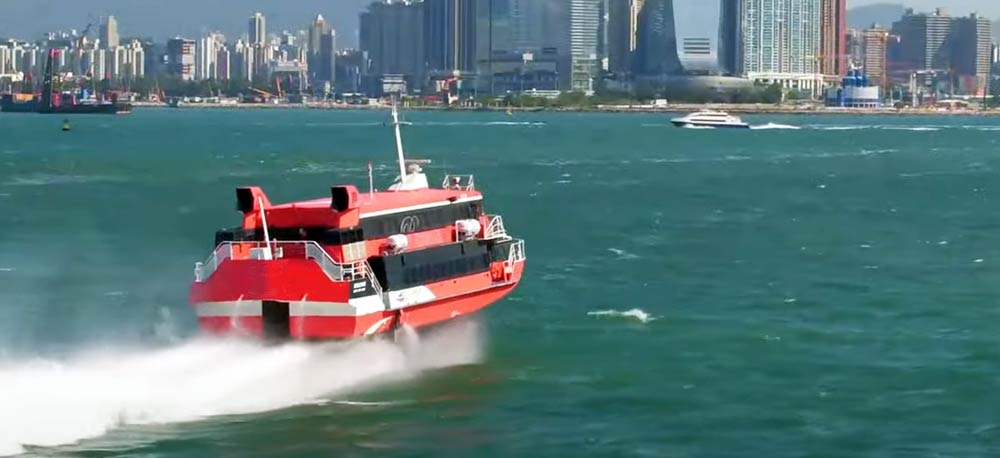
Jetfoil Overview
The Advantages of Jetfoil Technology
Efficiency is a hallmark of jetfoil technology. As mentioned earlier, the hydrofoil system enables these vessels to glide effortlessly above the water’s surface. This unique design offers several advantages, not only for passengers but also for the maritime industry as a whole.
First and foremost, hydrofoil ferry provide a smoother ride. The ability to lift the hull above the water reduces the impact of rough seas, creating a more comfortable experience for passengers. Anyone who has experienced seasickness on a traditional ferry will appreciate this significant benefit.
Hydrofoil boats are also known for their speed. The reduced water resistance allows them to reach remarkable velocities, significantly cutting down travel times. For commuters and tourists alike, this translates into more time spent at their destination and less time in transit. In an age where time is a precious commodity, jetfoils offer a compelling solution.
Moreover, hydrofoil boats have the potential to alleviate congestion in busy waterways. In coastal regions with heavy maritime traffic, the speed and maneuverability of these vessels can help reduce travel bottlenecks. This is particularly valuable for cities that rely on water transportation as a vital part of their infrastructure.

From Hydrofoils to High-Speed Ferries
The story of jetfoils is not just about their present capabilities but also their fascinating evolution. The concept of hydrofoils dates back to the early 20th century, but it was in the mid-20th century that these structures began to see widespread use in passenger transportation.
Russian engineer Rostislav Alexeyev is often credited with pioneering the technology, and the first commercial hydrofoil ferry service was established in the Soviet Union in the 1950s. These early jetfoils were a testament to engineering innovation, but they were just the beginning.
Over the decades, hydrofoil boat technology continued to evolve. Advances in materials, engineering techniques, and propulsion systems have made these vessels faster, more efficient, and safer. Today’s jetfoils are a far cry from their early predecessors, offering a level of performance and reliability that was once only a dream.
Jetfoils at Sea: Challenges & Limitations
While jetfoils offer a host of advantages, they are not without their challenges and limitations. The complexity of their hydrofoil systems can lead to higher maintenance costs. Ensuring these critical components remain in top condition is essential for safety and performance.
Fuel efficiency can also be a concern. The powerful engines required to maintain the lift generated by hydrofoils can be less fuel-efficient than other forms of propulsion. This is an aspect that manufacturers and operators continue to address as they seek to reduce the environmental impact of these vessels.
Furthermore, the need for specialized infrastructure can limit the deployment of jetfoils. Not all ports and docks are equipped to handle these high-speed vessels, which can make it challenging to expand their use to new areas. Overcoming these infrastructure limitations is an ongoing process in the development of hydrofoil boat routes.
Jetfoil Fleet Applications & Use Cases
Jetfoils have found a wide range of applications and use cases in the maritime world. As we’ve already touched on, they excel in inter-island and coastal passenger transportation, making them a popular choice in regions with extensive coastlines and numerous islands. In these settings, jetfoils offer unparalleled speed and convenience.
But their utility extends beyond passenger transport. Jetfoils are also employed for specialized purposes. For example, in search and rescue operations, the ability to reach distressed areas quickly can be a matter of life and death. The high-speed capabilities of jetfoils make them invaluable assets in such critical situations.
Jetfoils are also used for military transportation. Their speed and agility make them suitable for moving personnel and equipment swiftly, and their hydrofoil design can enhance security by minimizing the time spent on the water, reducing vulnerability to potential threats.
In summary, hydrofoil boats are versatile vessels with a wide range of applications, making them valuable assets in various maritime scenarios.
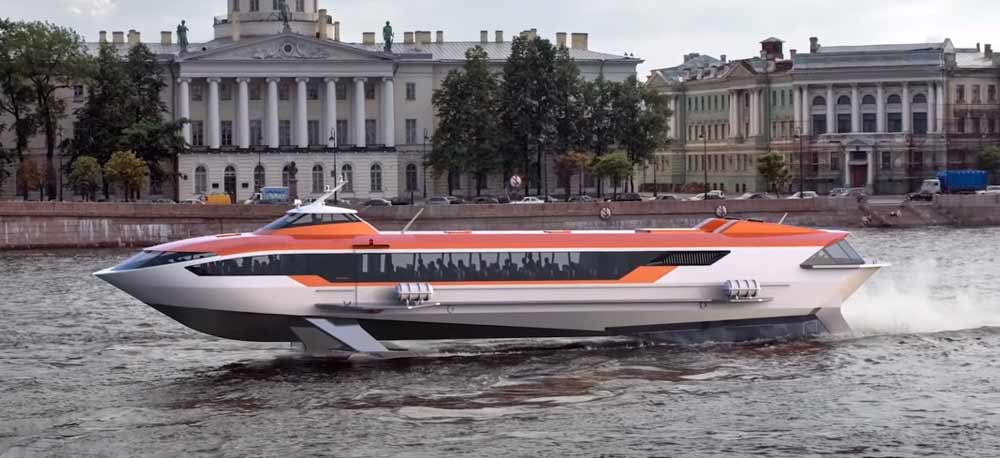
History & Future Passenger Transport
Jetfoils have come a long way since their inception. What began as an experimental technology in the mid-20th century has now become a staple of passenger transport in many coastal and island regions. Their remarkable journey reflects the persistent drive to improve maritime transportation and deliver faster, more efficient travel options to the public.
The future of jetfoils holds promise. As technology continues to advance, we can anticipate further innovations in the world of jet-foils. These might include improvements in fuel efficiency, enhanced safety features, and the expansion of jet-foil routes to new destinations. It’s an exciting time for these high-speed vessels as they continue to shape the way we traverse the seas.
The Comfort of Jetfoil Sailing
One aspect that cannot be overlooked when discussing jet-foils is the comfort they offer passengers. The reduced water resistance and the ability to rise above choppy seas provide a level of comfort and stability that’s unmatched by traditional ferries. Jet-foil travel can be akin to gliding on a cushion of air, leading to a more enjoyable and less stressful journey for those on board.
Moreover, the interiors of hydrofoil boats are often designed with passenger comfort in mind. Spacious seating, panoramic windows, and amenities that rival those of airplanes or trains make the journey as enjoyable as the destination. For tourists, this adds an extra layer of excitement to their travel experience, turning a mundane ferry ride into a thrilling adventure.
Jetfoils are not just about getting from point A to point B; they’re about the journey itself, offering passengers a unique and exhilarating way to explore coastal regions and island paradises.
Conclusion
In this two-part exploration of jetfoils, we’ve delved into the marvel of hydrofoil technology and the transformation it has brought to maritime travel. From their ability to soar above the waves to their applications around the world, hydrofoil boats are leaving an indelible mark on coastal commutes and beyond. With their advantages, evolution, challenges, and varied use cases, jetfoils represent a fascinating intersection of engineering innovation and the human desire for faster, more efficient travel.
As we peer into the future, it’s clear that the sky – or in this case, the sea – is the limit for jetfoils. With ongoing advancements and a growing demand for efficient coastal transportation, these high-speed vessels are poised to play an increasingly vital role in the maritime world. Whether you’re a daily commuter seeking a faster route to work or a traveler eager for a unique and comfortable journey, jetfoils are the vessels that offer a promising future for maritime transportation. Other Surfing knowledge articles
Welcome to click the picture of the personal electric foil watercraft, the efoil!









